Worpswede: The Charming Artist Village
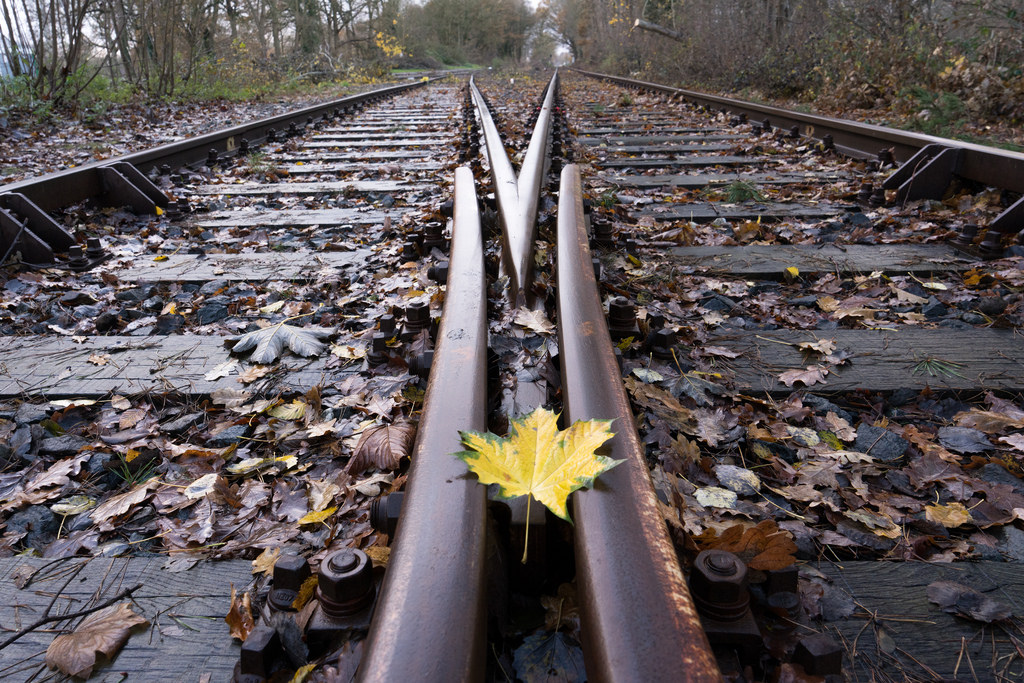
This is part two of my three part series done in collaboration with Nordic Travel Bloggers and the German Tourism authority’s #citybreakgermany campaign. Jump to part one. For this post, I teamed up with Bremen Tourism who suggested my itinerary and arranged/provided all lodging and accommodation. The premise for the visit? Get an overview of what Bremen and the surrounding area has on offer over a three day weekend (arriving Saturday AM, departing Monday evening). Want to skip to part three? Click here.
When I was told that part of my suggested itinerary would include an artist village nestled a bit outside Bremen’s city limits, my curiosity was piqued. The personality of art-centered communities always vary widely and no two ever come across as identical. Would it be quirky and new-age centered? Young, hip and full of creative-garage-grunge? Hyper polished and sophisticated?
What greeted me as I disembarked at the last stop on the 370 Bus from Bremen’s Central Station to Worspwede was a bit of a mixture. The stop deposited me on the outskirts of the small town and provided a lovely view out across rich auburn leaves still clinging to terrestrial masts neatly cutting through rolling fields and farmland. My guide met me shortly thereafter and introduced me to the town’s rich history. It was, in many ways, a town that had drawn, nurtured and birthed some of the world’s great painters. But, in the tradition of many of the great creatives, the town’s painter heritage was only the tip of the iceberg. These same creatives and the kindred spirits they attracted were also blacksmiths, carpenters, innovators, etchers, sculptures, and architects.
The end result was a series of intimate stories about love, loss, creativity and the changing soul of Germany over the past 150 years. Though there’s a small central street, much of the town is spread out around a series of small gentle hills and connected by natural paths through the forest. Most of the museums are in converted estates or historic farmhouses, though others like the Große Kunstschau have their own beautiful structures.
We kicked off my visit with lunch at Worpswede’s intimate train station, recently re-painted in its original salmon and light green colors. The small station is every bit the small country train station you’d expect for a country-village. But, in place of the old ticket booth and waiting rooms the station has been converted into a lovely restaurant serving delightful (and delicious) local cuisine.
As we entered through the main door, we found ourselves in a room painted deep forest green with golden color lamps costing gentle yellow light across a bar and a well-oiled bar. Change our clothing and add a thick layer of smoke and you’d feel as though you walked into a thriving train station in an affluent small town in the heart of the 20s.
As we paused, my guide explained it was the former 3rd class waiting room. Then, we stepped into a small atrium lit by natural light with an unlit fireplace in the corner. It felt clean, and vibrant more 1910 than 1920, in no small part due to the large plants used to decorate the room and the lovely white simplicity of the furniture which, as with the rest of the structure, was designed and built by one of the village’s most iconic artists, Heinrich Vogeler.
The third and final room had an entirely different personality once again. This time, as we stepped into what was formerly the 1st class waiting room, we were greeted by the same vibrant brightly lit space but with an added air of elegance. As with the rest of the venue, the chairs, designs, and colors were all restored in line with Heinrich Vogeler’s original designs. The room itself was perfectly cued up to host a retro scene from a movie. I think it was ultimately something in the mixture of the types of plants, the colors of the paint on the walls, and its contrast with the white straight style of the chairs that made the sense of a bygone era palpable.
The meal my guide suggested was a season special that, as he explained, was locally called “Green Garbage” and required the first frost of the year. It sounded too strange not to try. Especially since the odder the name or season the dish, the better it usually is. The dish was fantastic and reminded me a bit of diced collar greens with smoked sausage. My guide/host, Hartmut, helped me navigate which of the sausages I should peel and which were typically eaten skin-on. A lucky bit of guidance as I’d have otherwise bulldozed my way through eating everything as I went. The combination of the Knipp sausage, which is a blend of oat groats, mixed pork cuts, liver, broth, and spices was hearty, filling, and a flavor-filled match to the “green garbage”.
Wonderfully stuffed and after a glass of the every-present red-wine which is prolific within the region, we crossed our fingers, waiting for a light mist to subside and then stepped out for a brief walk to the village center.
Artistic History and Tranquil Beauty
We made our way along cozy country lanes lined by old farmhouses converted into comfortable modern homes, shops, museums and B&Bs we wound up to the hill which Worpswede encircles. As we scaled the small rise, Hartmut explained that the region had, for many years, been a source for high-quality peat which was harvested from the nearby fields, sold, and transported down the river for sale and trade.
The view from the top of the hill was obscured by autumn’s leaves and a lovely stand of trees. But, a quick walk to the side offered a view out over the region’s mostly flat farmland, hedgerows, and greenery. All set to the backdrop of vibrant rays of light. That light, as it turns out, is quite special and was one of the historic draws to Worpswede for painters. The mixture of the river, the farmland, the nearby sea, and other atmospheric conditions all create a wonderful soft rich light which is at its peak on a partly cloudy day when the humidity level is high.
It’s also what drew artists like Fritz Mackensen, Otto Modersohn, Hans am Ende, Fritz Overbeck, Bernhard Hoetger, Carl Vinnen, Heinrich Vogeler as well as some of Germany’s most famous female painters including Paula Modersohn-Becker, Clara Rilke-Westhoff, Martha Vogeler and Ottilie Reylaender. You’ll find a bit more background and a more detailed list on the local museum webpage.
As is the case with so many of the world’s most creative minds, the stories behind each vary widely, periodically collide, and feature a mixture of great success, prank-filled mirth, and great sorrow. The village cemetery features a variety of these stories ranging from artwork in the cathedral done in recompense after a misguided evening of tomfoolery to the haunting grave of Paula Modersohn-Becker. Her grave stands as a haunting tribute by Bernhard Hoetger that seeks to catch her vibrant character while also depicting the suddenness of her death. Despite being one of early expressionism’s pivotal artists, she died shortly after giving birth at the age of 31.
Meanwhile happier history is on display in the nearby and recently renovated Worpswede Museum which is intimate but blends a number of gorgeous pieces with visiting exhibits. The visiting exhibit was Jürgen Strasser’s Beautiful New World which is an incredible series of urban photos that captured the patterns and textures of city life and resonated heavily with me as a photographer. The museum’s primary room has a circular structure and light that perfectly highlights the colors and intensity of the pieces most commonly created by the region’s artists. It also features Sommerabend by Heinrich Vogeler which even those less familiar with German art are likely to recognize.
Sommerabend or the Summer Evening (in English), depicts a brief moment in time around 1905 when the local community was home to many of the region’s greatest artists, all living, socializing and working in relative harmony. Later sickness, politics, financial constraints, and the intensity of these individual’s personalities would rapidly alter the tranquility captured in the painting. It also served as the perfect inroad for our next stop.
Despite a bit of rain, we popped out from the museum and took a quick walk through what would have been a lovely wooded park on a slightly drier day. The light was rapidly fading, but with its last hues we wound down along a lovely pond, wrapped up, passed just beside the staircase depicted in Sommerabend by Vogler, and then passed into the Heinrich Vogeler Museum which now sits inside the converted farmhouses which comprised his estate.
The Museum offers a fascinating insight into local history as well as the breadth of Vogler’s abilities. It highlights artwork from across his life, which shows the heavy influence of history. His earlier works which include a wide range of beautiful Art Nouveau artwork, etching, and sketch work are on display alongside his incredible attention to detail and craftsmanship with displays dedicated to the furniture and cutlery he created. It also ends with some of the darker works he crafted towards the end of his life as he became increasingly political and aligned himself heavily with communist imagery before relocating to the Soviet Union in the lead-up to World War II.
A Perfect Day Trip
I rarely use local guides, often preferring to move at my own pace and with a preference for shaping my own route to discovery. However, after the day spent in Worpswede, I’d highly suggest treating it less like a village to visit and more like an extended open-air museum spread out over a large area and which is brought to life by the detailed history and stories that go with it. My guide, Hartmut, is one of several that give local tours and I highly suggest not only considering Worpswede as a day-trip from Bremen, but also setting aside the time to let him or one of his peers share the local history with you.
There was also ample to see and do that I missed due to my tight time constraints and leisurely lunch. Particularly for those who are perhaps even more inclined to deep dive into the local painter’s history and the styles they painted in.
As far as returning to Bremen? The trip was as uneventful and easy as the trip out. Hartmut dropped me at the bus stop and from there it was a 4 Euro / straight shot back to the final stop at Bremen Central Station, just in time for a pleasant dinner.
As noted at the start of this post, this visit was organized and hosted by Bremen Tourism as part of the #CitybreakGermany campaign in collaboration with #NordicTB who arranged and covered all aspects of my stay. As always, you can see the full album from my visit in color here, or black and white.
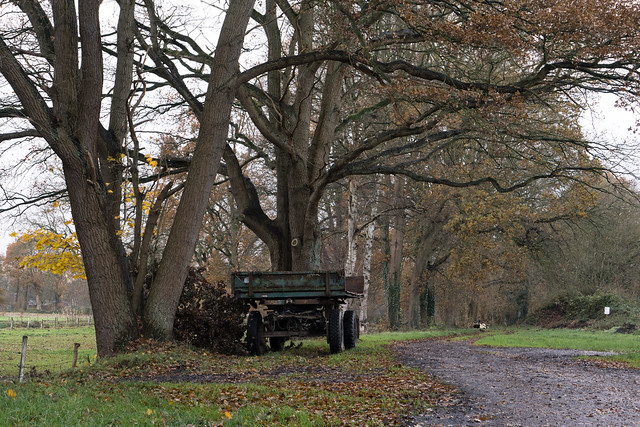
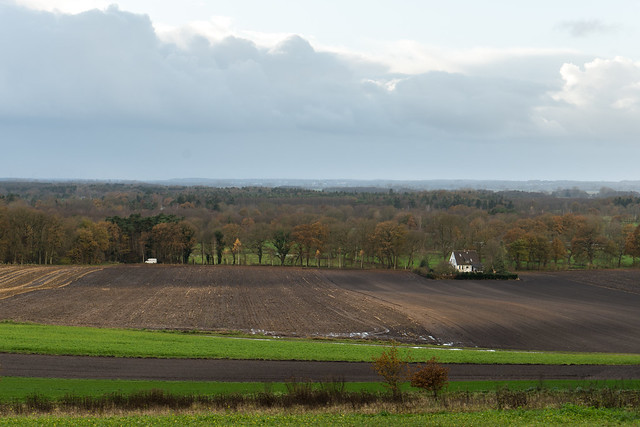
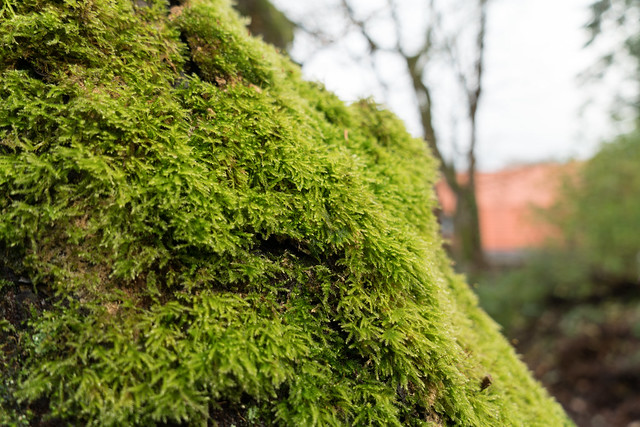


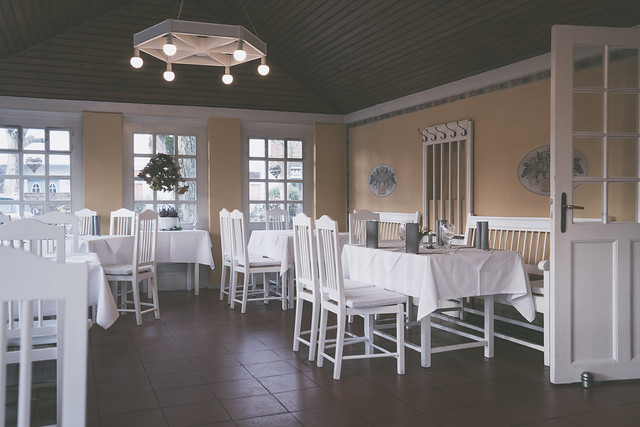
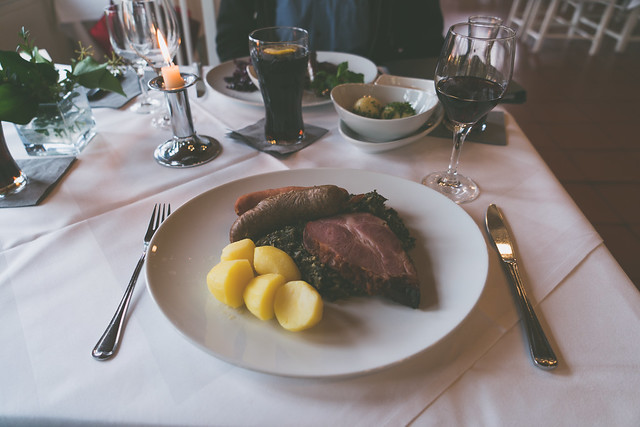
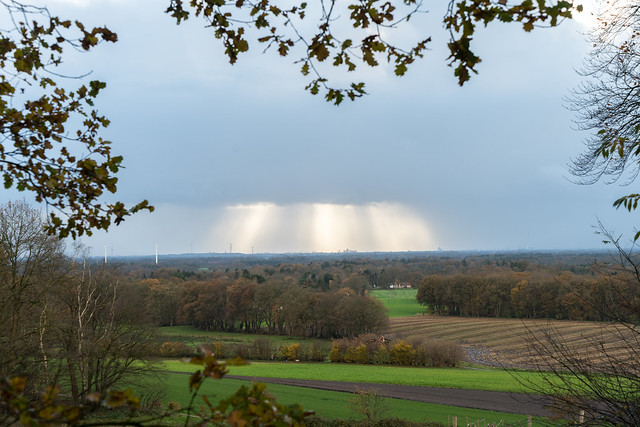

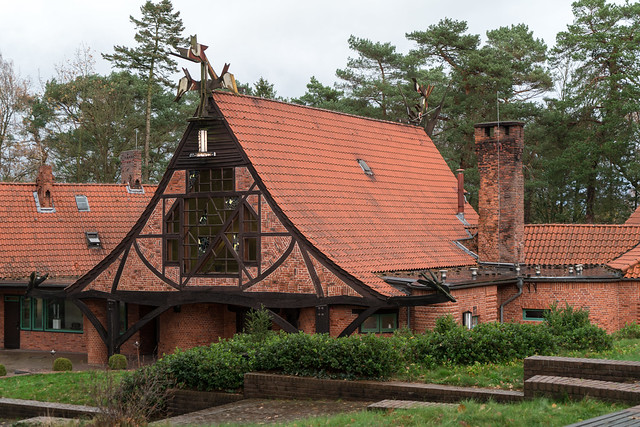
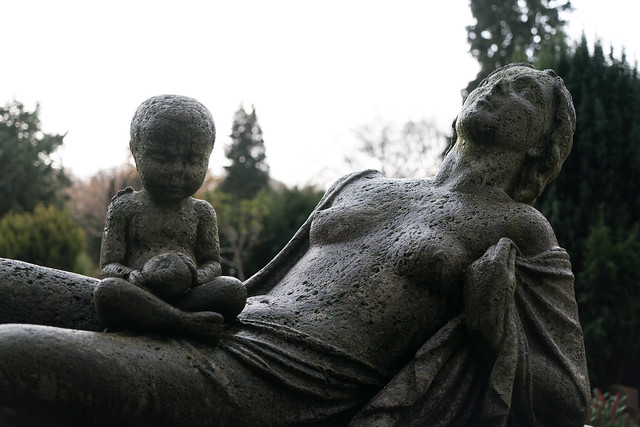
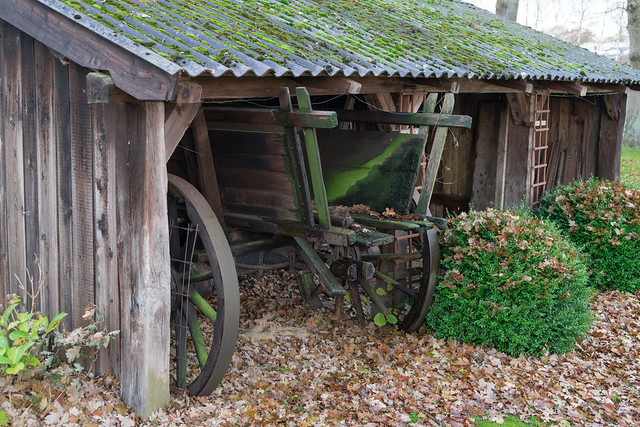
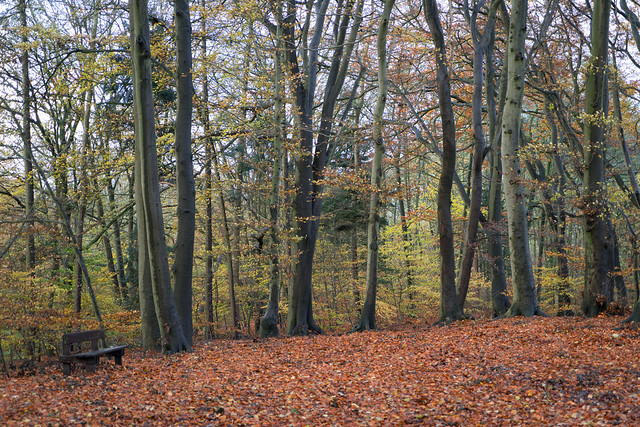

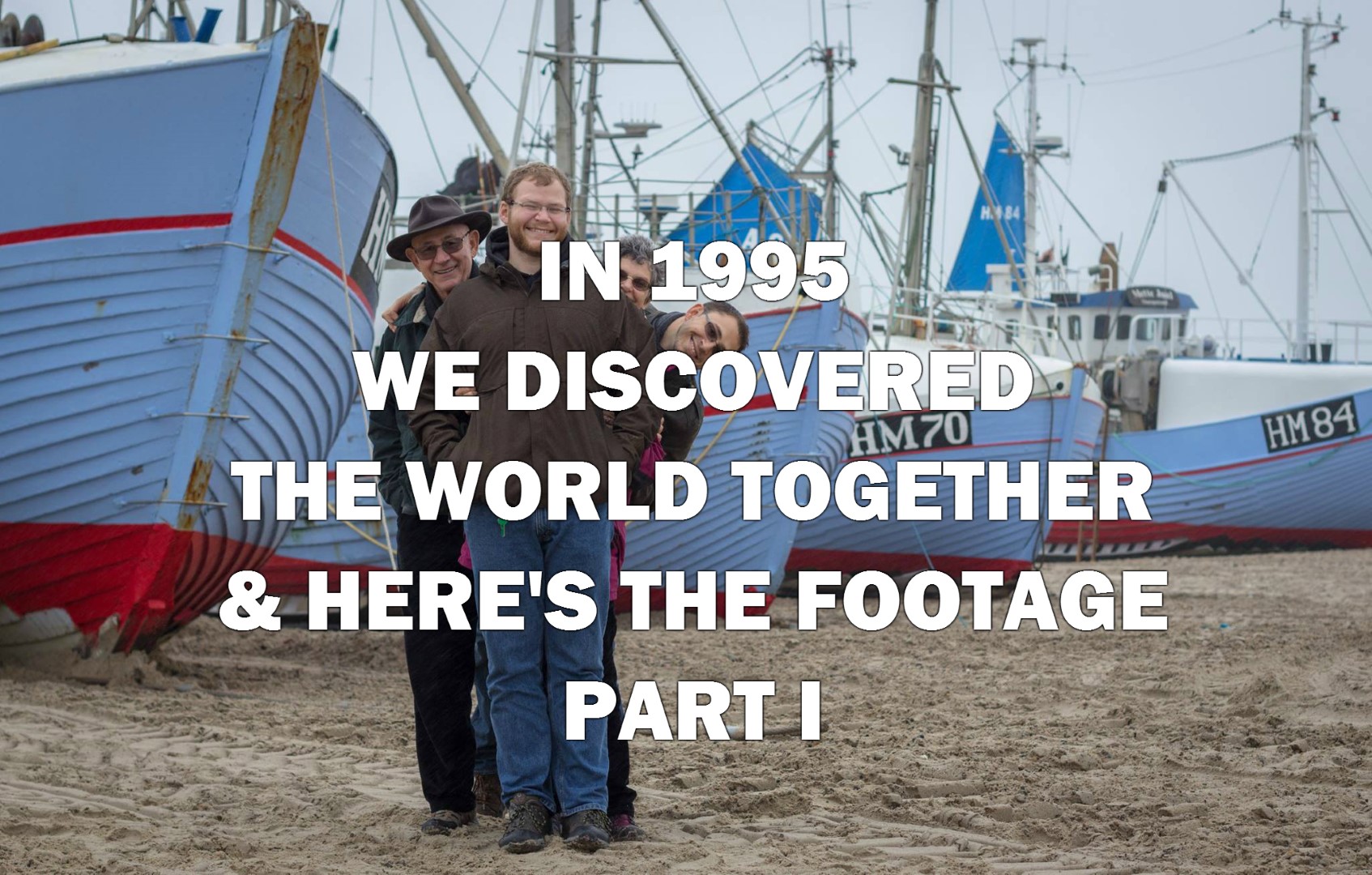
I love guides that tell stories about the history of a place. It makes the tour all the more interesting. Sounds like you had a good guide 🙂
Agreed! He was great and did a wonderful job bringing the stories and history to life.